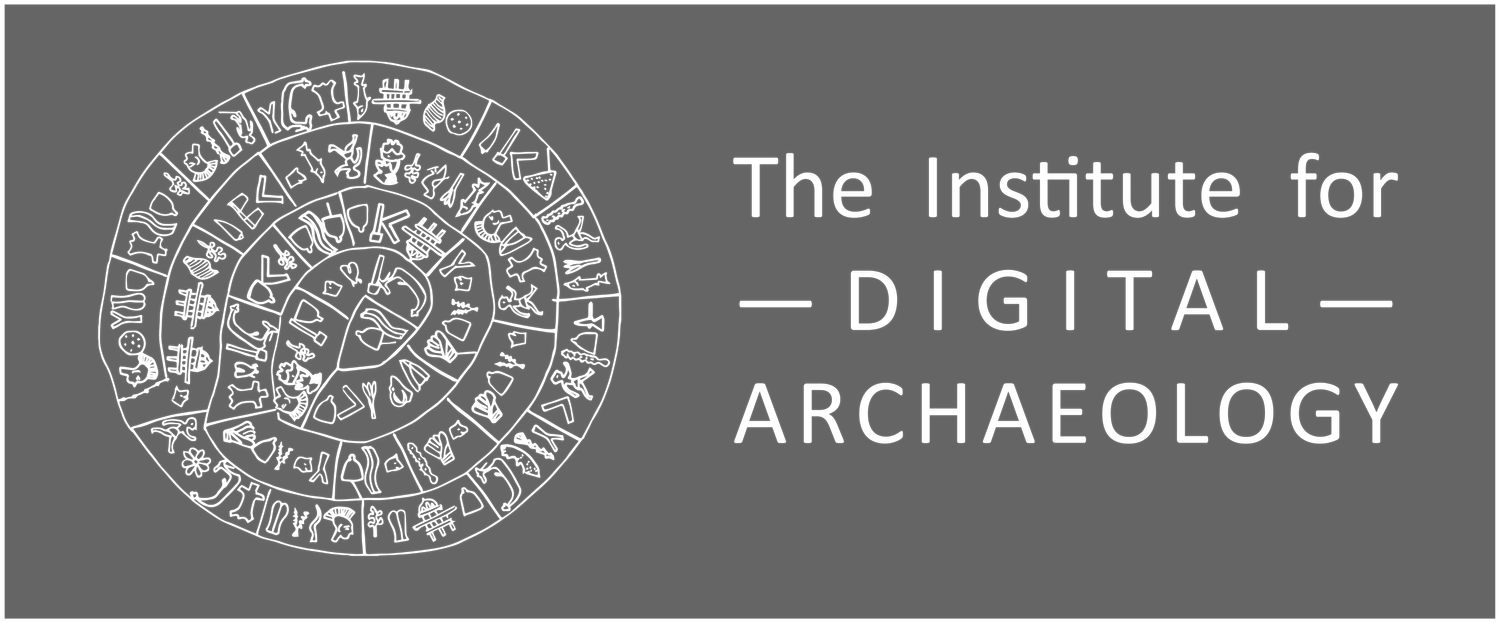IDA Conference: Day 1
/Benjamin Altshuler opening the conference with cultural heritage preservation
The IDA conference on Digital Imaging got off to an early start on Saturday. As our wonderful student helpers threw up the last of the posters and downed some coffee, delegates from London, Reading, Cambridge, Oxford, Vienna and Washington D.C. arrived. What was immediately apparent was the wide variety of scholarship that was present. We had classicists and paleographers alongside underwater archaeologists and 3D imaging specialists. Everyone, however, had one goal in common, which was the use of innovative methods in archaeology.
The first presentation from Benjamin Altshuler provided a broad-brush overview of techniques such as RTI, multispectral imaging, and 3D imaging. Perhaps the most impactful section was the discussion of cultural heritage preservation. Mr. Altshuler laid out a plan for the future of cultural heritage preservation, putting the onus on archaeologists to record and share their findings in open-source networks as well as the curators, galleries, sellers and private collectors who have the power to regulate the trade of antiquities.
After some time battling the computer (because it’s not a conference, particularly one with ‘digital’ in it’s name, unless something goes wildly wrong with the tech), the group was moved to a seminar room in which all the right bits of machinery functioned, and we heard from Prof. Frederick Baker of Cambridge on the rock art of Valcamonica. Dr. Baker brought a new perspecitve to the 'digital' aspect of the conference, as he demonstrated the possibilities of video, sound recording and animation in the study of the ancient world.
Three student presentations followed. Peter Brugger of Southampton discussed 3D printing and the unforeseen upsides of it’s shortcomings. Catriona Cooper shared her fascinating work on the visualization and auralization of 14th century National Trust sites. And Philip Smither, working with Matthew Nicholls of Reading re-imagined a Roman camp through a mixture of literary reference and 3D recreation.
Catriona Cooper's visual model of Bodiam Castle
Peter Brugger's home 3D printing set up.
After lunch we had the pleasure of listening to Nigel Wilson discuss the techniques he has used in paleography on the Archimedes project. Don’t let the use of the overhead projector and transparencies fool you, Mr. Wilson’s demonstration of the use of multi-spectral imaging highlighted some truly remarkable results. His presentation linked to that of Dr. Francesco D’Aiuto, whose work with Nigel on the Menander Palimpsest produced some equally astonishing visuals. The minute greek lettering is only a few millimetres tall! Not only that, but their work has just about doubled the amount of Menander that we have.
Day 1 ended on a high note, with Giles Richardson’s presentation on digital techniques on maritime archaeology. RTI works underwater! He was able to share some amazing images of RTI images from multiple wreck sites. The potential for being able to image and study these difficult to reach sites in such detail is immense, and could lead to myriad and fascinating discoveries in the near future.
Stay tuned for Day 2!




